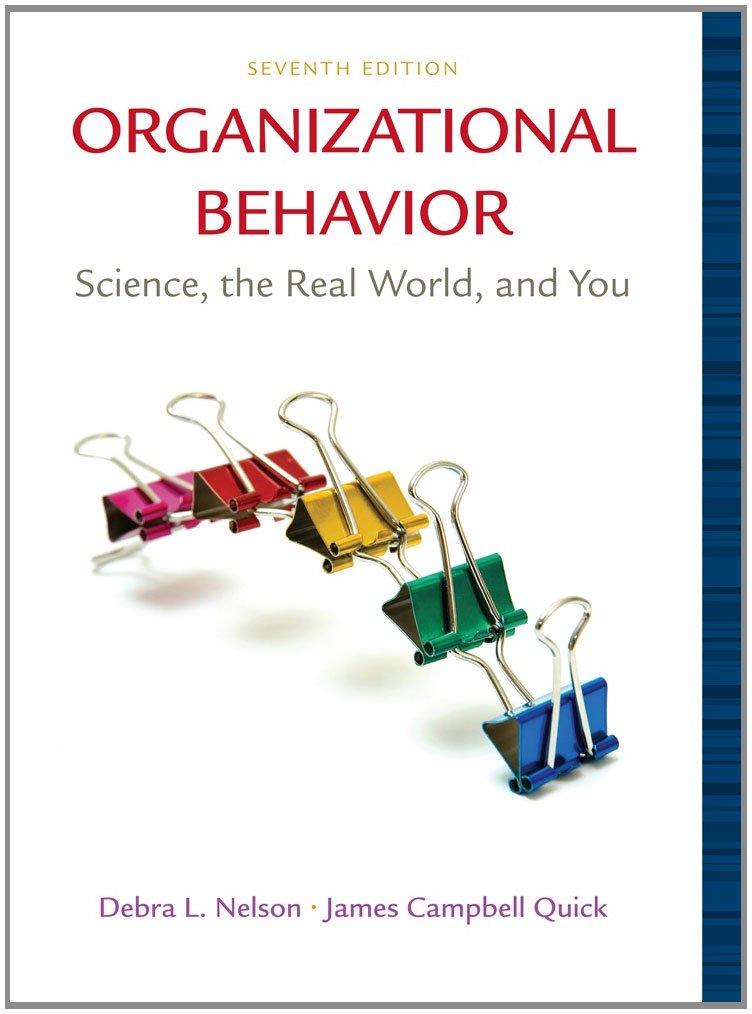This case examines the conundrum of efficiency and creativity that evolved at Minnesota Mining and Manufacturing (3M).
Question:
This case examines the conundrum of efficiency and creativity that evolved at Minnesota Mining and Manufacturing (3M). Creativity and innovation were the traditional hallmarks of 3M’s business operations and success. However, these hallmarks came under attack when James McNerney took over as CEO of 3M in December 2000. McNerney immediately began implementing Six Sigma, a process that is designed to identify problems in work processes, and then use rigorous measurement to reduce variation, eliminate defects, and increase efficiency.
This is in contrast to 3M’s traditional creative and innovative orientation which thrives “on multiple, diverse, independent and rapid experimentation, in a failure-tolerant environment that values and accommodates constructive conflict.” The tensions between efficiency and creativity intensified throughout McNerney’s tenure as CEO and then came to a head in mid-2005, when McNerney departed 3M to take the CEO’s job at Boeing. McNerney left his successors at 3M with the difficult question of “whether the relentless emphasis on efficiency had made 3M a less creative company.”
Within this context, several concepts from Chapter 10 can be meaningfully explored. First, the concepts of programmed and nonprogrammed decision making can be applied to 3M’s efficiency/creativity conundrum. Second, three models of decision making¾the rational model, the bounded rationality model, and the garbage can model¾can be used to examine the conundrum and the potential for its resolution. Third, the impact of intuition and creativity on decision making can be explored in relation to the case.
Questions
1. What are the relative advantages and disadvantages of a company being committed to achieving efficiency through a program like Six Sigma versus encouraging and reinforcing creativity and innovation?
2. How would you describe 3M’s efficiency and creativity conundrum in terms of programmed and nonprogrammed decisions?
3. How would you describe 3M’s efficiency and creativity conundrum in terms of the rational, bounded rationality, and garbage can models of decision making?
4. What role(s) do intuition and creativity play in the decision making that is evident in 3M’s efficiency and creativity conundrum?
5. Would you prefer to work in a company where decision making focuses on cost cutting and efficiency in order to achieve maximum profitability, or would you prefer a company where decision making leaves room for risk taking and possible failure in the pursuit innovative solutions and products which, hopefully, have significant commercial potential? Explain your answer.
Step by Step Answer:

Organizational Behavior Science The Real World And You
ISBN: 9781111416218
7th Edition
Authors: Debra L. Nelson, James Campbell Quick





